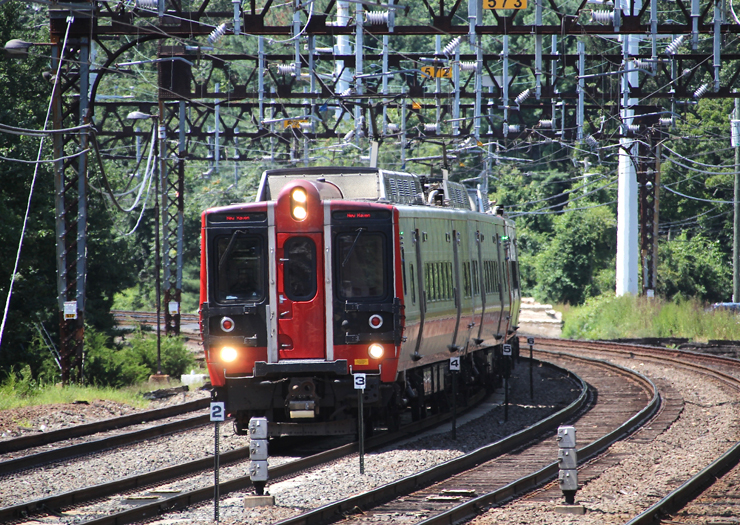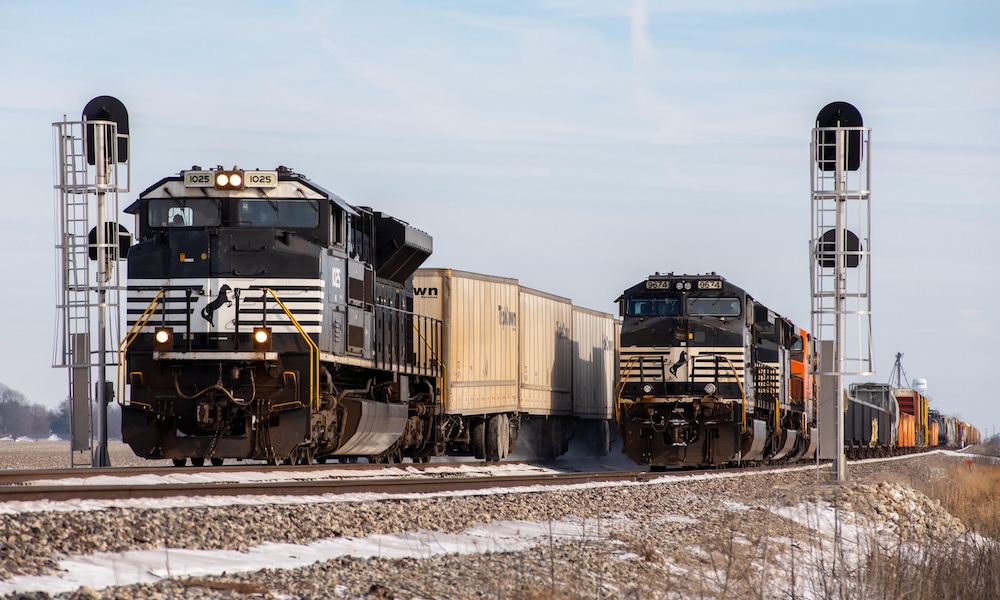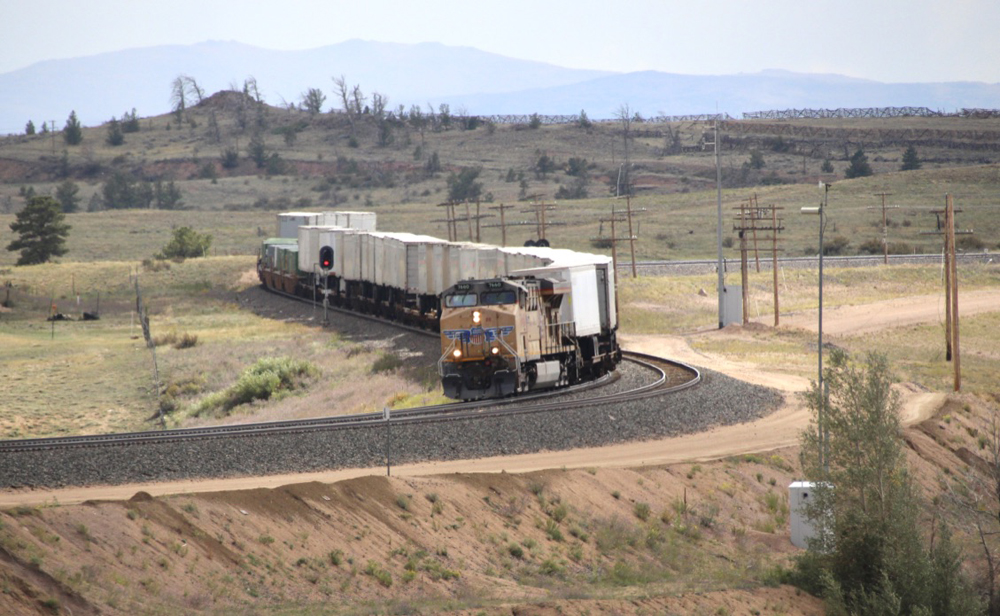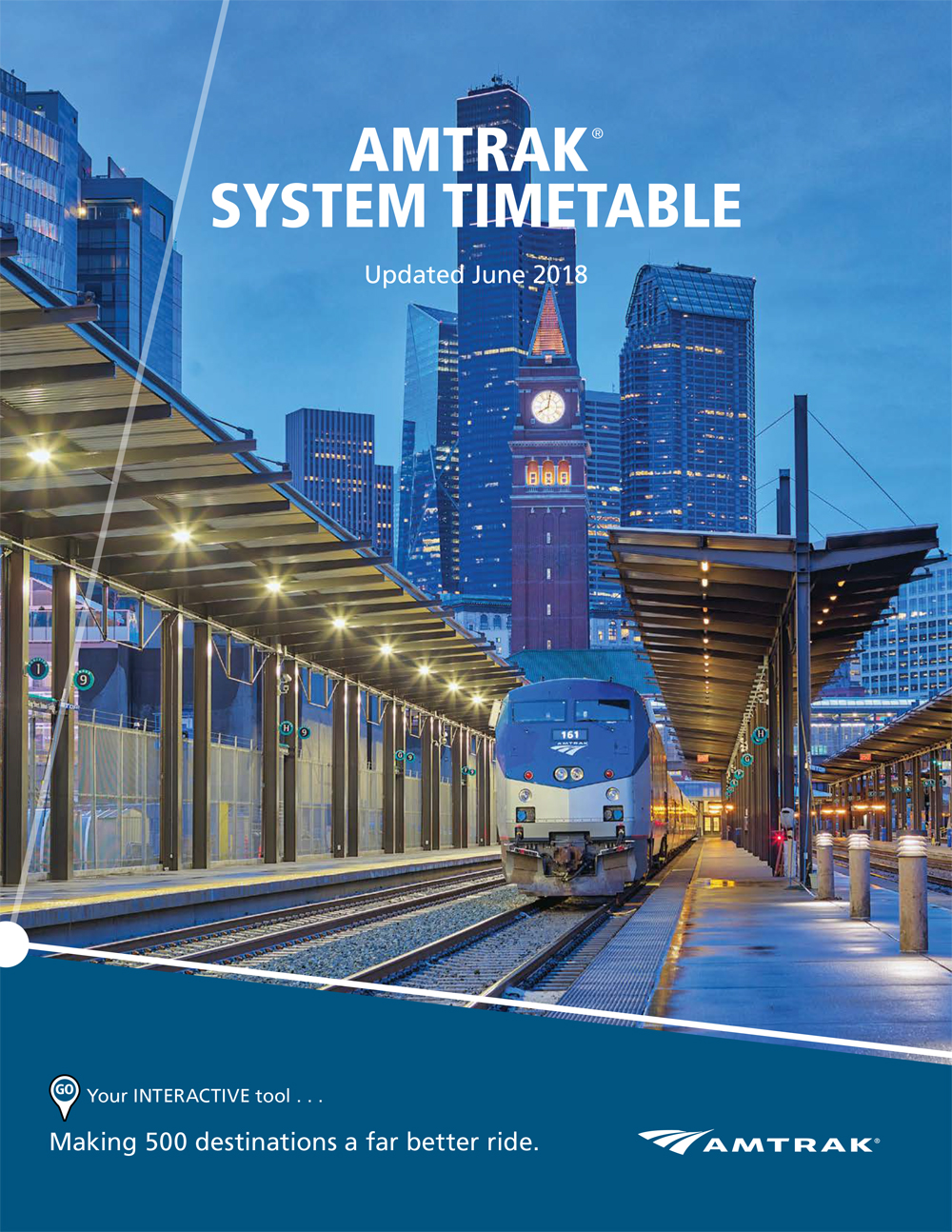Trailers enjoyed an intermodal moment in the sun last year, with volume spiking nearly 15% as truckers couldn’t find enough over-the-road drivers to handle exceptionally strong demand.
But for the year-to-date, trailer volume has fallen 15% and is now back at normal levels, Pat Casey, vice president of fleet management at TTX Co., told an intermodal conference on Tuesday.
The long-term decline of trailers, and the reduction of trailer service in some intermodal lanes, has raised concern among some shippers that railroads would eventually phase out TOFC service altogether, as has been done in Canada and Mexico.
In 1988, 60% of intermodal loads were carried in trailers. Now trailers represent just 7% of intermodal volume. And flat cars capable of handling trailers now account for just 11% of the TTX intermodal fleet.
The statistics raise questions about whether TOFC volume will eventually reach a tipping point and no longer have the critical mass necessary to justify continued support from railroads, intermodal analyst Larry Gross says.
But officials from UPS, Marten Transport, BNSF Railway, and Norfolk Southern say trailers will remain a vital part of their intermodal operations for the foreseeable future.
UPS has built its network around intermodal, says Ken Buenker, vice president of corporate transportation. “It’s the spine of our domestic transcontinental business. It’s very critical for us,” he says.
In many instances, a 53-foot container is not the right tool for UPS, whose complicated network relies on a fleet of 28-, 45-, and 53-foot trailers. That won’t change, Buenker says.
Trailers are the foundation of Marten’s refrigerated business, says Chad Thompson, the trucking company’s vice president of intermodal operations.
New SlimLine 53-foot refrigerated containers work well, but only when dray mileage is short, Thompson says.
Trailers offer the most flexibility because they can be used equally well on road or in intermodal service as business conditions dictate, Thompson says.
Todd Carter, vice president of domestic intermodal at BNSF, says trailers account for 10% of the railroad’s intermodal volume.
Parcel companies such as UPS, less-than-truckload companies, and temperature-controlled truckers are the primary trailer users and are an integral part of BNSF’s intermodal service, Carter says.
BNSF does operate container-only service to and from some intermodal terminals, but when it has restricted terminals to containers it has made sure there are nearby alternatives available for TOFC users, Carter says.
Like BNSF, Norfolk Southern sees continued demand for TOFC service, which accounts for just over 8% of its intermodal volume.
“We’re focused on maintaining a flexible trailer network. It’s one of our strengths,” says Ingrid Crafford, director of operations systems for NS. “We want to continue to support the business. Trailers are an important part of our growth strategy.”
Class I railroads prefer containers because double-stack trains can carry twice the volume as a TOFC train of the same length. Trailers eat capacity in terminals and on single-track routes where sidings dictate train length.
Trailers also require separate lifting equipment.
The executives participated in a panel discussion, “Container vs. Trailer: Is TOFC an Endangered Species?”, held on Tuesday at the Intermodal Association of North America’s annual Intermodal Expo.














Railroads job is to deliver the customer’s trailer/container’s freight.
PSR doesn’t increase service reliability. It is merely an extreme cost-saving measure that leaves railroad short of crews, locomotives and infrastructure. It won’t save TOFC, it is just making railroads ever less relevant in the 21st century’s economy.
Btw, CN and CP have completely ceased handling TOFC, and won’t likely bring them back.
I had heard long ago that climate, not demand ended TOFC service in Canada. High continuous winds are normal in western Canada, which had caused accidents in the ’60’s and 70’s, which led to the end of the practice.
TOFC is the savior of intermodal.. If anything this segment needs more attention now than ever compared to COFC. PSR whether you like it or not could just be one of the tools to get TOFC back in the game.. Not on speed alone, but reliability. Maybe it’s time to start looking into large blocks of TOFC traffic into the DS network that’s left.